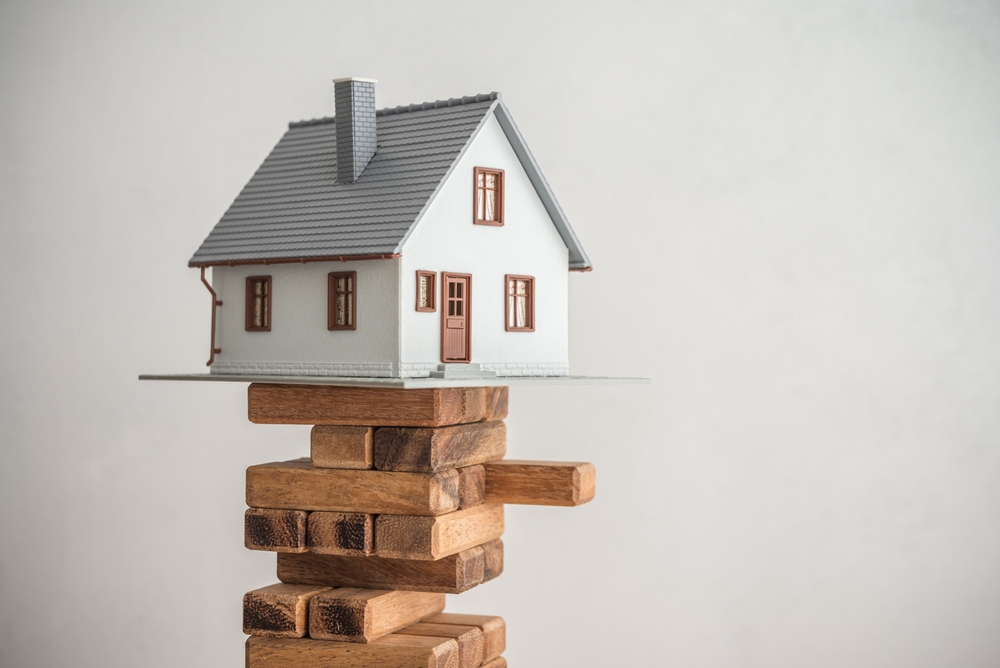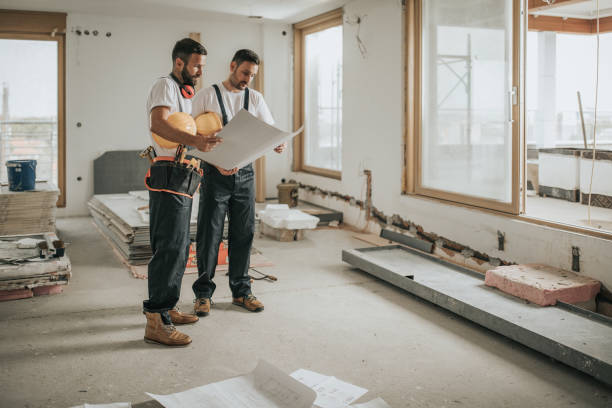What Every Homeowner Should Know About Property Value
Understanding what drives property value is essential for any homeowner, whether you’re thinking of selling, refinancing, or simply investing in your future. This article breaks down the key factors that influence your home’s worth, from location and market trends to renovations and upkeep. By gaining a clear picture of how property values are assessed, you can make smarter decisions to protect and grow your investment with confidence.

What are the primary factors that influence home value?
Property values don’t exist in a vacuum—they’re determined by a complex interplay of various factors. The physical characteristics of your home form the foundation of its value. Square footage is a primary consideration, with larger homes generally commanding higher prices within the same market. The home’s age also plays a role, though this isn’t always straightforward; historic homes may carry premium values in certain markets, while newer constructions offer modern amenities and potentially lower maintenance costs.
The condition of major systems and structures significantly impacts value. A well-maintained roof, updated HVAC system, sound electrical wiring, and modern plumbing all contribute positively to a home’s worth. Functional and aesthetic elements like kitchen and bathroom quality, floor plan functionality, and overall design also weigh heavily in valuation calculations. Additionally, special features like swimming pools, finished basements, or smart home technology can add value—though their impact varies widely depending on location and buyer preferences.
How do location and neighborhood affect property pricing?
The old real estate adage “location, location, location” holds true for good reason. Your home’s geographical position often has the most significant impact on its value, sometimes accounting for up to 80% of the property’s worth. Proximity to employment centers, quality schools, shopping districts, and transportation hubs all contribute positively to property values. Conversely, locations near industrial areas, high-crime neighborhoods, or environmental hazards can depress prices.
Neighborhood characteristics extend beyond just physical location. The quality of local schools remains one of the strongest predictors of property values, with homes in top-rated school districts commanding significant premiums. Community amenities like parks, walking trails, and recreational facilities enhance neighborhood appeal. The overall aesthetic of the neighborhood matters too—well-maintained properties, attractive landscaping, and architectural cohesion all contribute to higher valuations. Even intangible factors like community engagement and neighborhood reputation can influence what buyers are willing to pay.
How do market trends impact real estate values?
Real estate markets operate under the fundamental principles of supply and demand, which can cause property values to fluctuate over time. When buyer demand outpaces available inventory, home prices typically rise. Conversely, when supply exceeds demand, prices may stagnate or decline. These market dynamics can be influenced by both local and national economic conditions.
Interest rates play a crucial role in property values because they directly affect affordability and buyer purchasing power. When interest rates fall, monthly mortgage payments decrease, allowing buyers to qualify for larger loans and potentially driving up home prices. When rates rise, the opposite effect occurs. Economic indicators like employment rates, wage growth, and consumer confidence also impact housing markets by influencing how comfortable people feel making major purchases like homes. Additionally, housing inventory levels, seasonal buying patterns, and even demographic shifts (like millennials entering prime home-buying years) can create market trends that affect property values.
What unique factors impact home values in the United States?
The American housing market has several distinctive characteristics that influence property values. Property tax systems vary significantly across states and municipalities, creating different cost structures for homeownership. States with higher property taxes might see slightly depressed home values compared to similar properties in low-tax jurisdictions. Zoning laws and land-use regulations also vary widely across the country, affecting development patterns and housing supply.
Natural disaster risk increasingly factors into home valuations, with properties in flood zones, wildfire-prone areas, or hurricane paths sometimes facing higher insurance costs and potentially lower valuations. Climate change concerns have begun influencing market preferences, with properties demonstrating resilience to extreme weather or incorporating sustainable features sometimes commanding premiums. Additionally, the COVID-19 pandemic accelerated certain trends, such as increased demand for homes with dedicated office spaces and outdoor living areas, while simultaneously sparking migration from dense urban centers to suburban and rural communities in some regions.
How can homeowners estimate and track their property’s value?
Several methods exist for homeowners to monitor their property’s value. Online valuation tools like Zillow’s “Zestimate,” Redfin’s estimate, or Realtor.com’s home value tool provide quick, automated valuations based on algorithms that analyze public data and recent sales. While convenient, these automated valuations can vary in accuracy depending on the quality of data available for your area and the uniqueness of your property.
For more precise valuations, comparative market analyses (CMAs) performed by real estate agents compare your home to similar properties that have recently sold in your area. These analyses consider specific features of your home and local market conditions. For the most accurate assessment, professional appraisals conducted by licensed appraisers provide detailed evaluations based on physical inspection and market analysis. Homeowners can also track neighborhood sales trends through local multiple listing service data, county records, or real estate websites to gain insights into market movements affecting their property’s value.
What investment strategies can increase your home’s value?
Strategic home improvements can significantly boost property values when done correctly. Kitchen and bathroom renovations typically offer the highest returns on investment, with minor kitchen remodels sometimes recouping 80% or more of their costs in added value. Energy-efficient upgrades like improved insulation, high-efficiency HVAC systems, and energy-saving windows not only reduce utility costs but increasingly appeal to value-conscious buyers.
| Improvement Type | Average Cost | Potential Value Increase | ROI Percentage |
|---|---|---|---|
| Minor Kitchen Remodel | $20,000-$25,000 | $16,000-$20,000 | 72-80% |
| Bathroom Remodel | $10,000-$15,000 | $7,000-$12,000 | 60-70% |
| Exterior Paint | $3,000-$5,000 | $4,000-$6,000 | 100-120% |
| Landscaping | $5,000-$10,000 | $4,000-$9,000 | 80-90% |
| Finished Basement | $20,000-$30,000 | $15,000-$20,000 | 50-75% |
Prices, rates, or cost estimates mentioned in this article are based on the latest available information but may change over time. Independent research is advised before making financial decisions.
Curb appeal improvements often yield excellent returns, as first impressions matter significantly to buyers. Simple projects like landscaping upgrades, fresh exterior paint, and improved outdoor living spaces can dramatically increase perceived value at relatively low cost. However, not all improvements yield equal returns—swimming pools, highly customized features, or overly luxurious upgrades compared to neighborhood standards may not recoup their costs. The key is understanding your local market and making improvements that align with buyer expectations in your area.
Understanding property value is essential for making informed decisions throughout your homeownership journey. By recognizing the factors that influence your home’s worth and taking strategic steps to maintain or improve it, you can maximize your most significant investment while creating a comfortable living environment that meets your needs.




